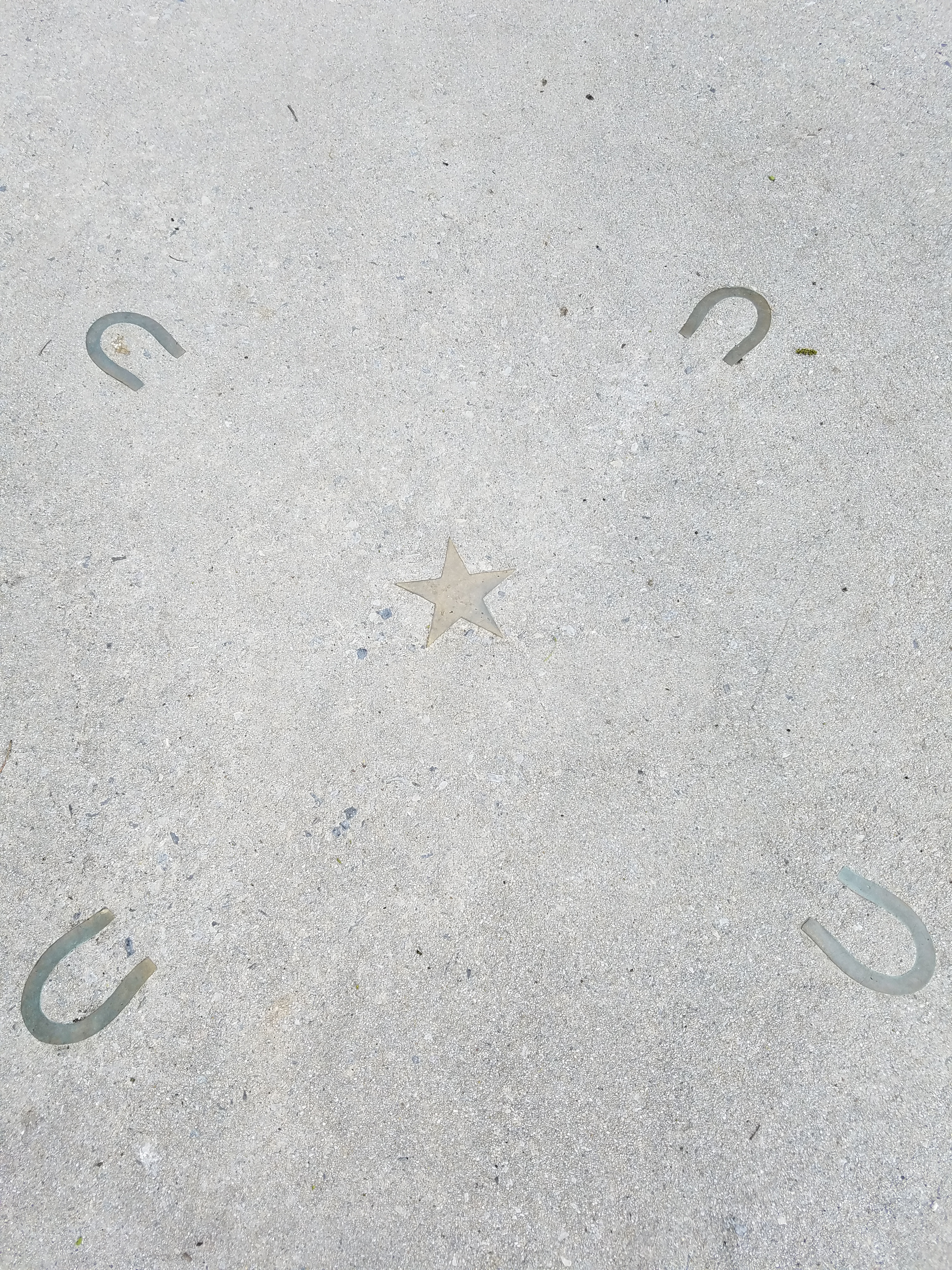Battlefield Markers and Monuments: The Custer Maple
One aspect of battlefield tramping that continues to fascinate historians and visitors alike are witness trees. These unique specimens provide a tangible link to the events of the past. Although it no longer stands, one is commemorated in the town square of Hanover, Pennsylvania.
Sometime prior to 1860, Hanover Josiah Gitt planted a maple on the sidewalk near his home. On June 30, 1863, Confederate cavalry under Maj. Gen. James Ewell Brown “Jeb” Stuart collided with Brig. Gen. Judson Kilpatrick’s Third Cavalry Division of the Army of the Potomac. A sharp fight ensued through the streets and south of the town before Stuart broke off the fight and headed for Jefferson and York.
Following the first phase of the engagement, George Armstrong Custer rode into the square. Recently promoted to Brigadier General, Custer led one of Kilpatrick’s brigades. Custer had passed through the town earlier that morning headed in the direction of Abbottstown when the erupting battle in the rear drew his attention back to Hanover. He dismounted near the Gitt home and tied the reins of his horse to Mr. Gitt’s maple tree. Custer then proceeded to the Central Hotel to confer with Kilpatrick.
In the years following the battle, local residents took a great interest in the maple tree. Josiah, along with his son George, gave it special care and attention in the post-bellum year. In 1924, the tree was taken down. To mark its location, a star was placed in the side walk surrounded by four horse shoes which denote circumference of the maple. Above it, on the side of what is now an M&T Bank is plaque with a likeness of Custer.



Always a pleasure to read about Autie.